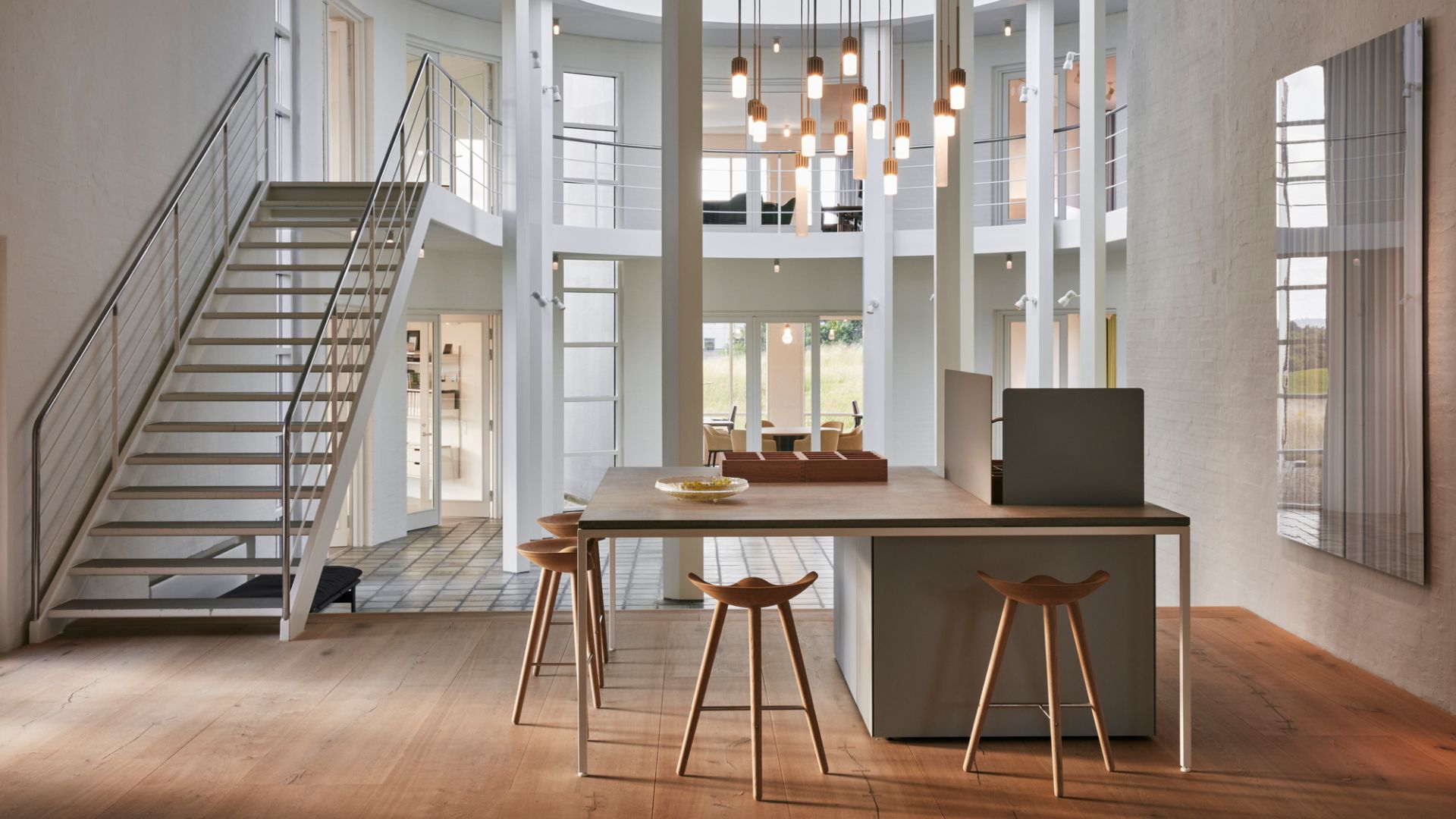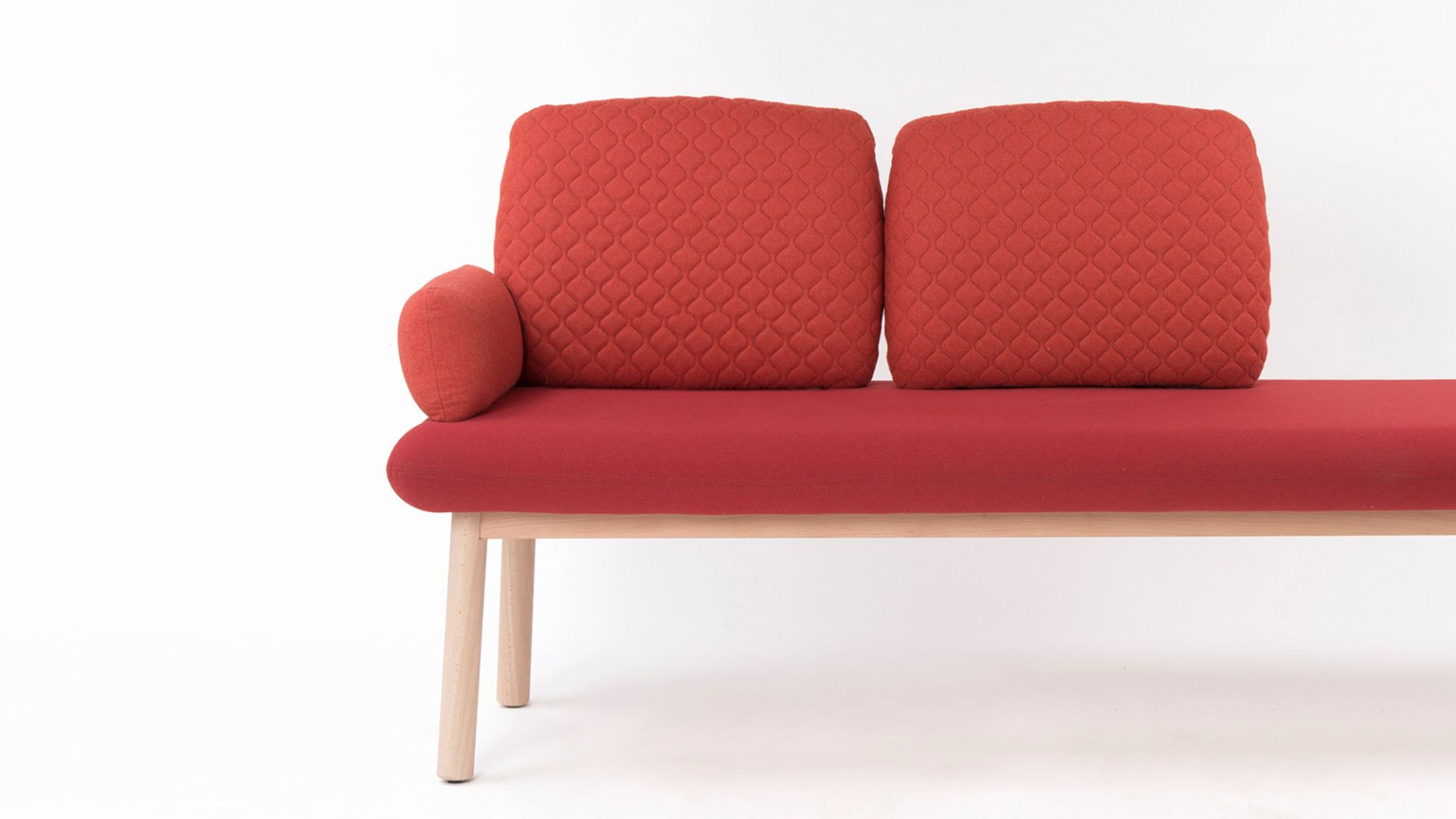Why true innovation is about reinventing the ordinary
It’s not always the biggest ideas that change the world. Sometimes the most important advances and commercial opportunities are in making everyday products incrementally better
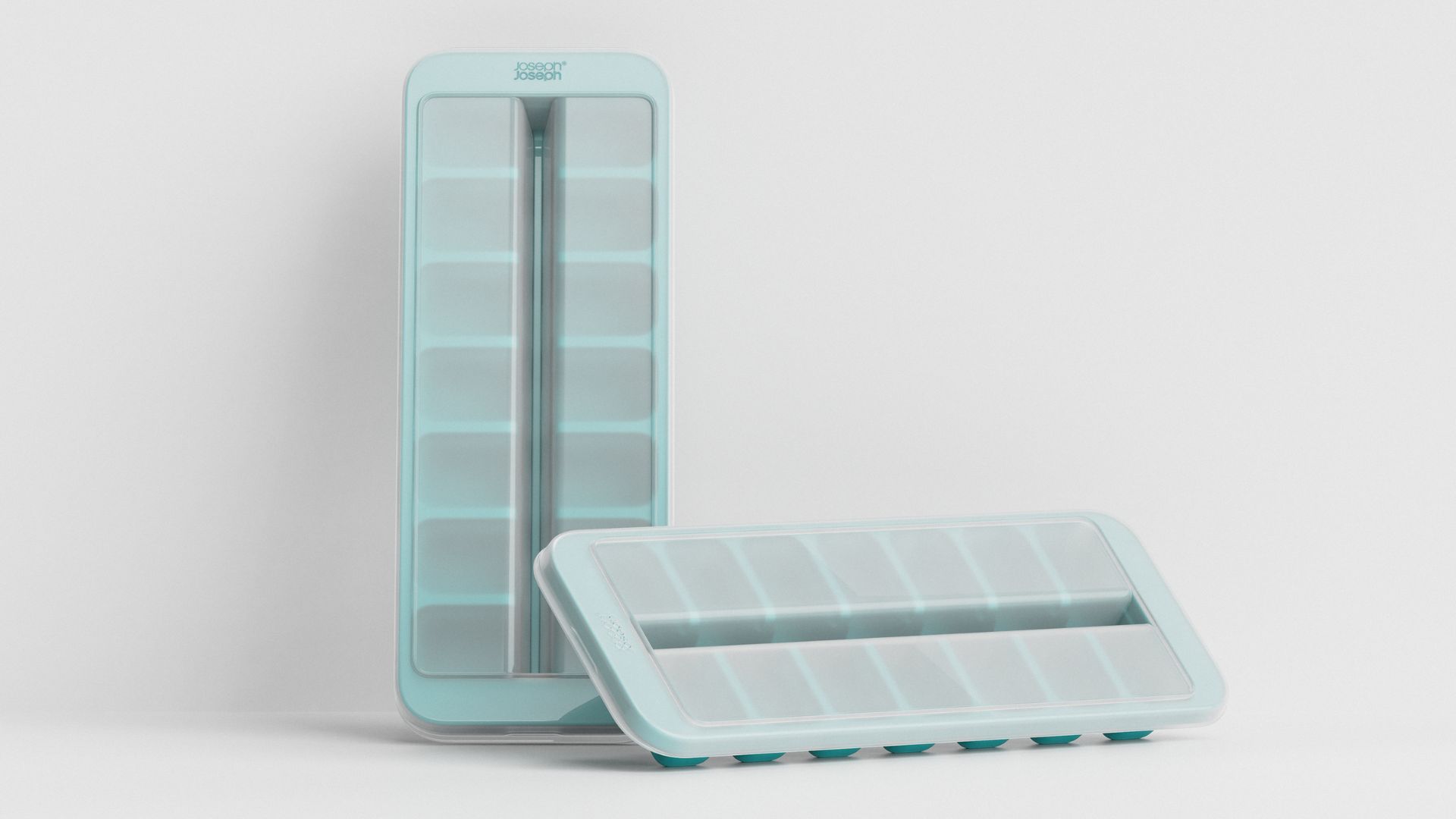
Article by Oscar Daws, Founder of Tone Product Design
When we think about innovation, we tend to imagine creating something entirely novel, that to really move the dial we need to come up with a completely new product or idea. But if we look at some of the most impactful brands and ideas of recent times, many have simply reinvented existing models
For brands looking to innovate, some of the most impressive work is done in isolating those everyday problems that nobody has yet addressed. Those that can be resolved with a new feature, system, technical improvement or material upgrade: the storage idea that doubles a kitchen cupboard’s capacity, the speaker system you can add to at any time, the piece of furniture anyone can assemble.
A big part of their success is they are instantly recognisable archetypes. Consumers know they’re looking at something familiar that has been made better and immediately believe it will make their lives easier (a niggling problem they’ve put up with for years resolved).

For the product designer, that means looking at existing archetypes and working out where those incremental improvements can be made – and then deciding whether there’s a legitimate consumer need and a viable commercial opportunity.
There are different approaches to consider. Is there a functional problem with a single product that can be solved with a new feature (e.g. an ice-cube tray upgraded to make it easier to fill, stack and decant)? Or should the focus be on wider, system-level thinking and engaging with designers to spot opportunities for reinvention across whole product ranges (e.g. a retailer’s own-brand offering, where consumers are encouraged to consider the wider eco system of goods)?
When thinking about product innovation, sometimes it’s more about reinventing the ordinary rather than surprising the world with something entirely new.
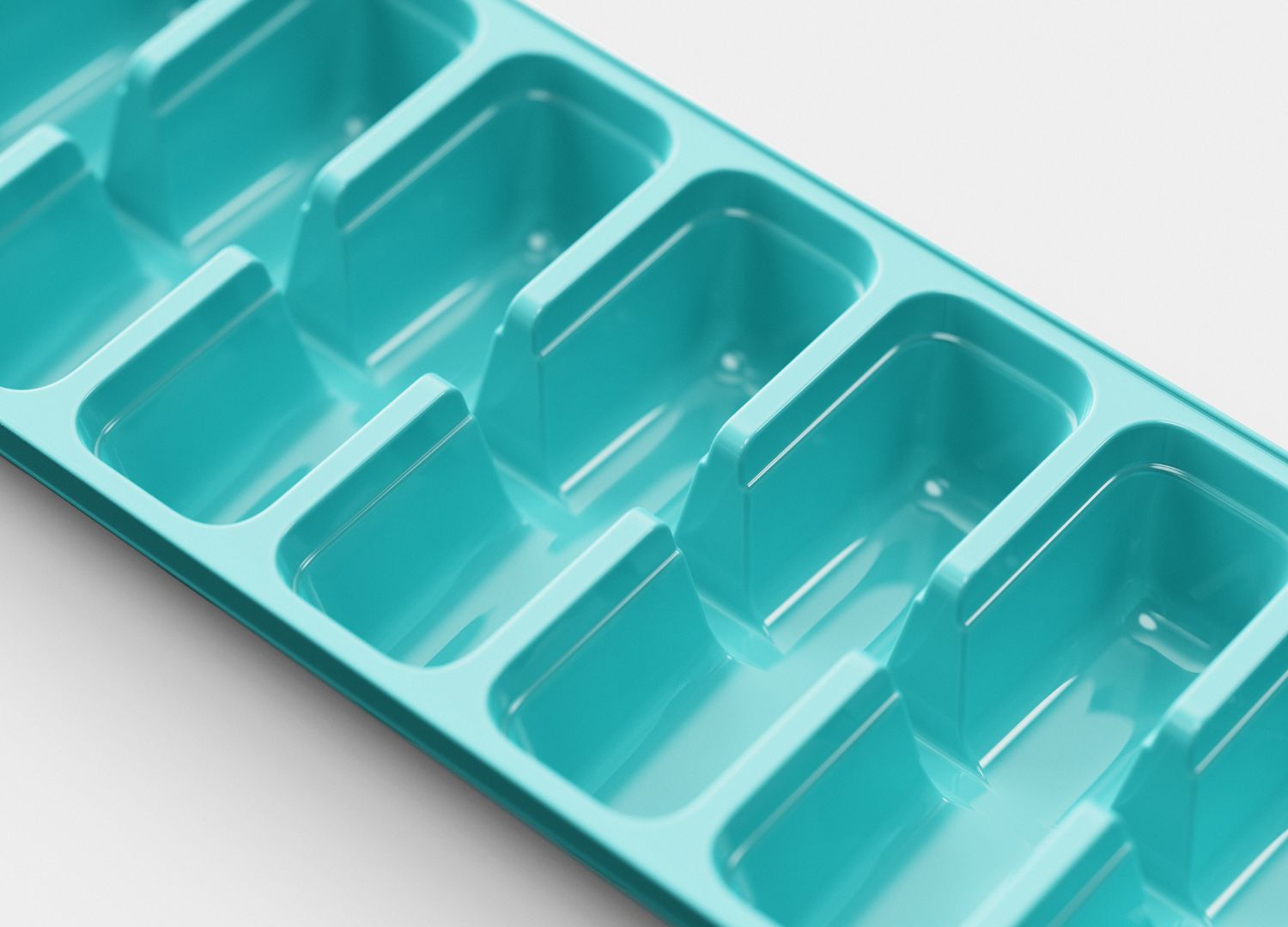
Finding meaningful problems in a crowded space
Product innovation is the development or improvement of products in a way that solves problems for consumers. It’s equally important to recognise, however, when a problem isn’t big enough to resonate with customers and stand out against the competition.
For the product innovator, it’s imperative to look forensically at the consumer and how their lives are changing. Contexts, values and materials shift, and consumers are increasingly demanding that these things are considered in the products they buy.
Take DIY retailers’ own-brand gardening ranges. For decades they’ve been targeted at people with large outdoor spaces to tend. Those further down the property ladder with smaller patios and balconies haven’t been catered for so well.

The same is true for general home-storage needs – according to data from the Department for Levelling Up, the average floor area of a UK home has decreased by almost 16% over the past five years, from 104.6 square metres to 87.9 square metres.
Deciding which problems need to be fixed
The product innovator needs to isolate those scenarios that are ripe for progress – and then work out whether it’s commercially viable to make changes. Would the consumer be prepared to spend a bit more for this feature? Do they care enough? Remember, design studio shelves are full of ‘improvements’ that solved a problem but weren’t commercially successful.
For larger businesses, we see that real value can often be found in wider, system-level thinking that pushes an idea, feature or design approach out across a large number of products that are designed to work together.
This is especially true for those bigger retailers that have a large amount of existing sales data to underpin the design direction and want to level up their own-brand solutions. There is something customers love about brilliantly designed product eco systems, and in this case the whole really is greater than the sum of its parts.

Balancing the commercial opportunity
For market leaders, it’s important to stay ahead, and clever design can be used to attract new user groups, improve margins and differentiate a product or system.
Tone has worked with Joseph Joseph for years – a company that has built a homeware empire on cleverly adapted, simply designed products. Take the new Flow™ Easy-fill Ice-cube Tray. We were asked by Joseph Joseph to reinvent the humble ice-cube tray, simplifying the filling process and making it easy to remove individual cubes, all while keeping the part count and manufacturing complexity as low as possible.
Redesigning such a ubiquitous and simple object to add value through innovation isn’t easy, especially when there is also a requirement to keep the parts as simple as possible. Our design overcame the challenges by using linked cavities to allow water to flow freely, making the new product fast and easy to fill.
It’s here that our creative and inventive process was essential, and helped us find ways to make each part achieve multiple user benefits. No longer do you need to try and perfectly fill each cavity – simply fill the entire tray at once and attach the lid to create even cubes every time. By identifying a common problem and focusing our creativity on simplifying the filling process, the project resulted in a unique design that is both extremely effective and easy to manufacture.
OXO is another company that is great at spotting pain points and shifts in lifestyle, and then making things better. Its latest innovations in the home-office space reflect the working-from-home zeitgeist.
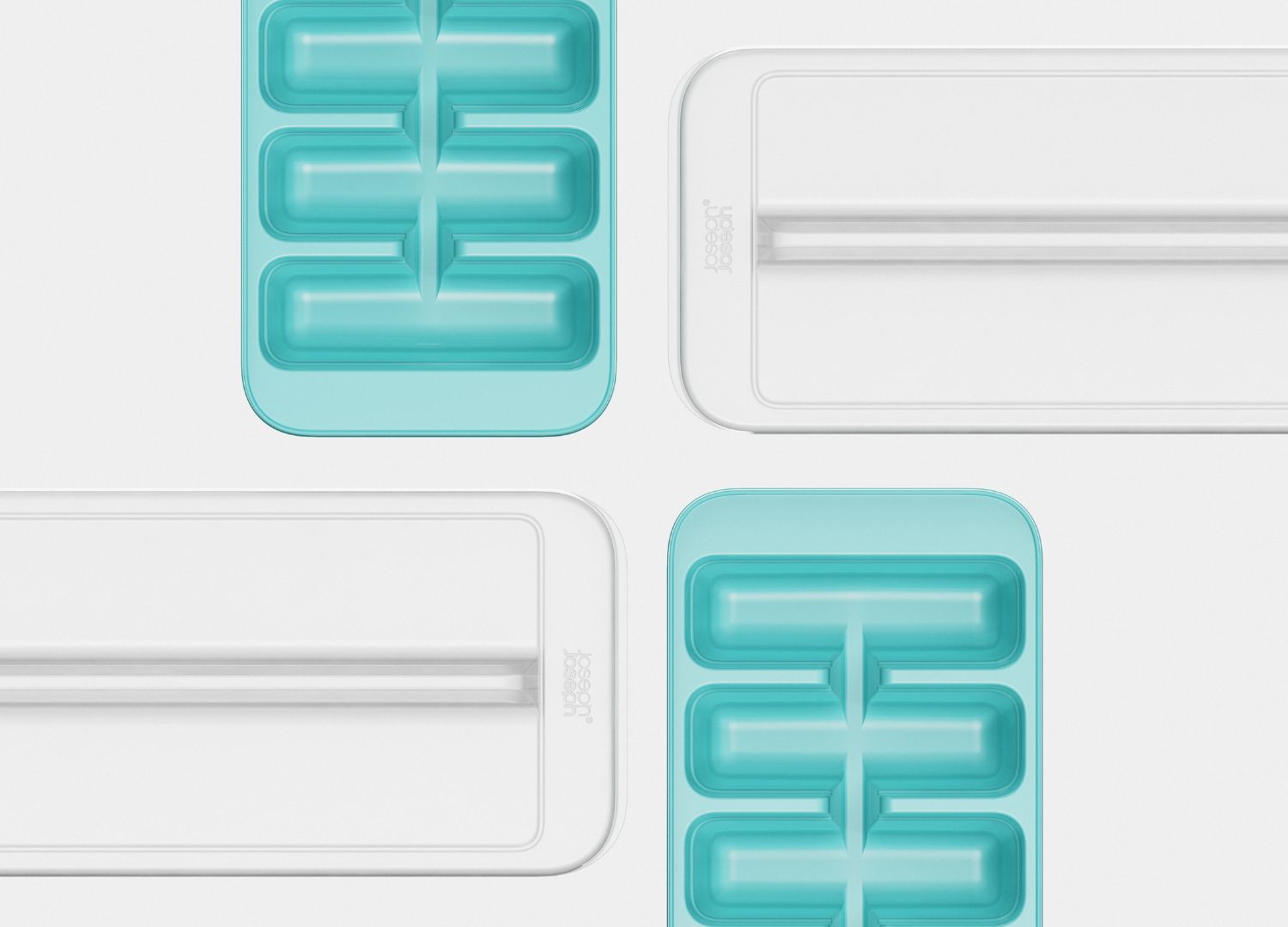
Hozelock is another. It has been innovating in the gardening space for 60 years. It gave us the first wall-mounted reel hose, but has recently developed clever new product solutions specifically for smaller outside spaces, recognising customers’ evolving needs.
What are the real advantages?
Incremental innovation helps you stay competitive, and it also allows for more affordable development when compared to inventing entirely new products. It can be harder to get noticed in a crowded and noisy marketplace, though, which is why the original thinking needs to be so rigorous.
There’s nowhere to hide and it’s really hard to create a genuinely differentiated, improved offering. Designers need to be brutally honest with themselves at every stage of the process to ensure the result is not just different, but meaningfully better than the competition. For those that can do this the opportunities are immense.

About the author
Oscar Daws is co-founder and managing director of Tone Product Design, a London-based consultancy that specialises in product design for global brands, world-renowned research institutions, innovation-led SMEs and fast-moving start-ups within the consumer, medical and professional sectors.
Tone Product Design’s services include research and strategy, IP creation, product design and development (including prototyping, 3D CAD and CGI renders and design engineering), user experience, packaging design and instructions for use, design for manufacture and user-interface design.











